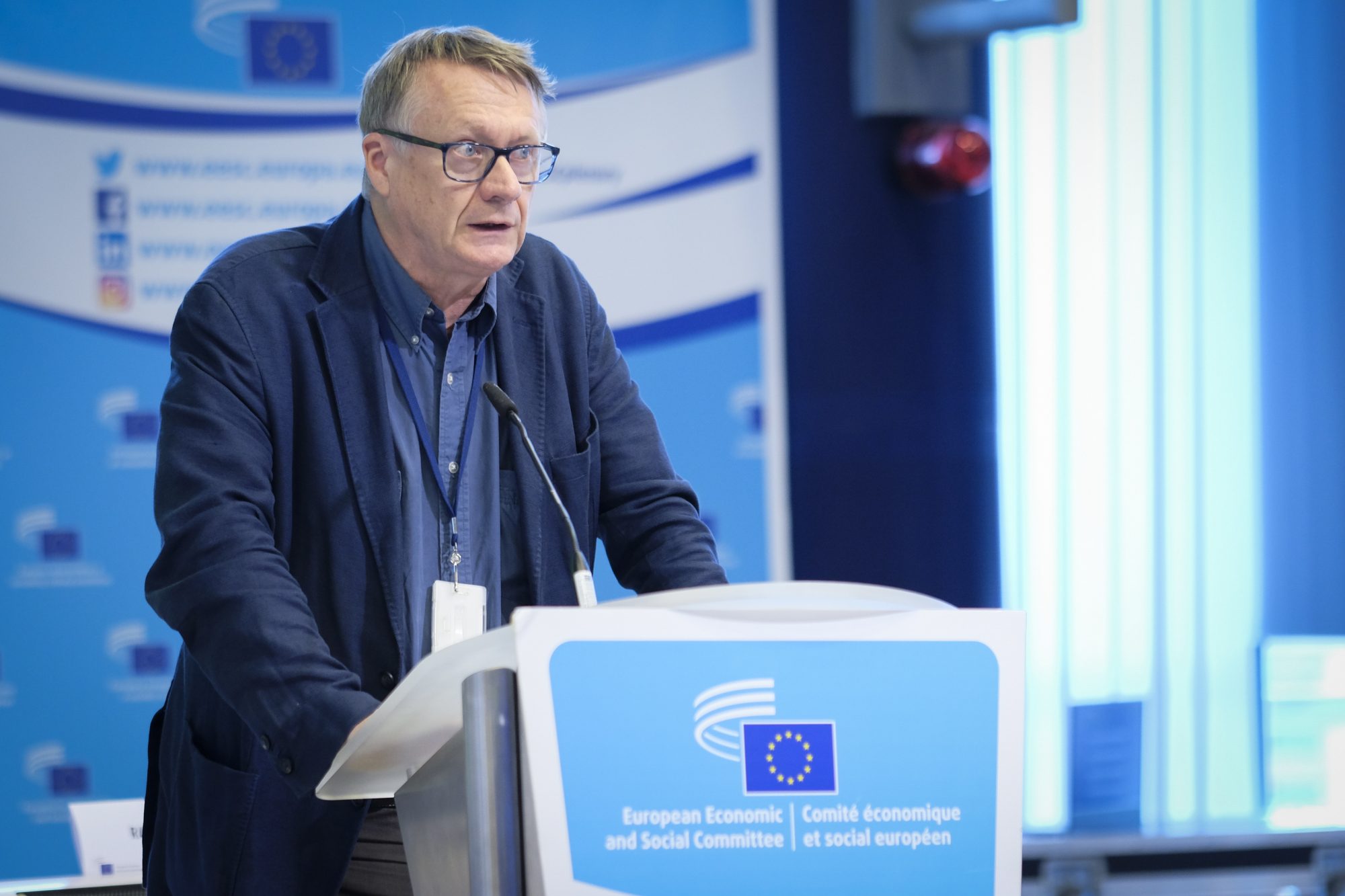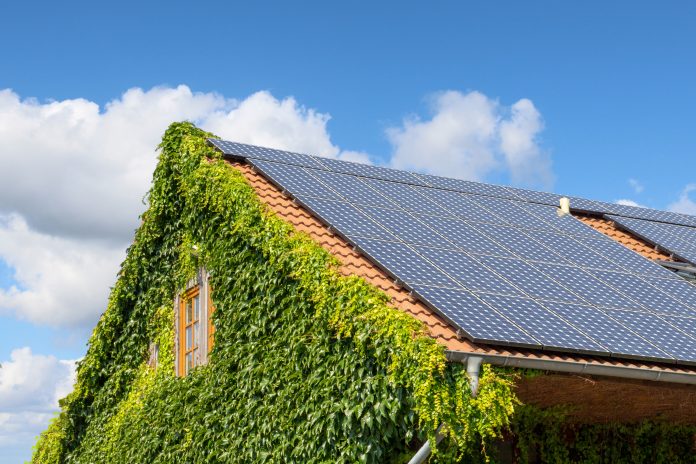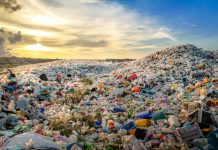Thierry Libaert from the European Economic and Social Committee states the case for making European consumers a lever for the green transition
Europe’s shift towards taking account of the consumer has been a gradual process played out over the last thirty years. The draft directive proposed by the European Commission on 30 March 2022 as part of the overall circular economy strategy boosts this new momentum.
30 March 2022 is an important date for consumers as, on that day, the European Commission published six significant texts: the communication on Making sustainable products the norm, the proposal for a new Ecodesign for Sustainable Products Regulation, the Ecodesign and Energy Labelling Working Plan 2022-2024, the EU Strategy for Sustainable and Circular Textiles, the proposal for a revised Construction Products Regulation and the proposal for a directive on Empowering Consumers for the Green Transition.
Proposal for a directive: A strengthening of the guidelines?
This last text, the subject of this article, is significant as it forms part of a whole range of texts, such as the Green Deal of December 2019, the Circular Economy Action Plan of March 2020 and the New Consumer Agenda published in November 2020. Furthermore, it is based on the observation that most European consumers say they want to consider the environmental impact of their purchases but that they generally have little reliable information enabling them to take effective action.
In terms of content, this latest proposal for a directive is based on the amendment of two orders, the 2005 Unfair Commercial Practices Directive and the 2011 Consumer Rights Directive.
“Suppose the European Commission wants the green transition’s success to be achieved by involving European consumers more closely. In that case, they must be given more choices and opportunities to take action.”
The two main thrusts of these changes are better informed on the repairability and durability of products on the one hand and the fight against misleading environmental claims, or ‘greenwashing’ on the other.

CCMI/188 and INT/968
The proposal is part of a two-pronged approach
First of all, the earlier phase of a gradual opening up, which really began after the Maastricht Treaty on 7th February 1992 and made new areas such as consumer protection a matter of internal competence. Secondly, the more or less concomitant consideration of environmental issues, firstly with the creation of a new ‘Environment’ chapter within the EEC Treaty under the Single Act of 1986, and then again with the Maastricht Treaty and the recognition of the EU’s competencies in the field of environmental policy.
The meeting on consumer and environmental protection issues came later, and the European Economic and Social Committee (EESC) was able to play a role in kick-starting the process. In 1991, it set up a ‘Consumers and Environment’ category to promote discussions between representatives of consumer and environmental associations. To give a specific example, the EESC must be given credit for raising the issue of tackling planned obsolescence, in an opinion adopted on 17 October 2013. This fundamental subject had never before appeared in a European text.
The proposal for a directive, published on 30 March, is a recognition of the vital role of consumers in achieving the green transition, and for that reason, it must be supported.
Progress is still faltering
While recognising that consumption practices are a significant lever for the circular economy, the proposal for a directive nevertheless seems to fall short of what is at stake in the fight against climate change, particularly concerning the Council’s decision of 28 June 2022 to achieve carbon neutrality by 2050.
Two points were raised by the European Economic and Social Committee in an opinion adopted unanimously at the plenary session on 14 July 2022:
- Informing is not always enough. In its aim to maintain flexibility, the Commission wishes its action to take the form of providing information. However, in some extreme cases, where a product has been deliberately designed to be unrepairable or with planned obsolescence in mind, it is not enough to inform the consumer the placing of such products on the European market must be banned.
- On environmental claims, the Commission has taken the first step to avoiding the proliferation of environmental labels, which are currently 232. However, the bar needs to be set here, particularly by preventing the accumulation of often unjustified claims of carbon neutrality.
Suppose the European Commission wants the green transition’s success to be achieved by involving European consumers more closely. In that case, they must be given more choices and opportunities to take action.
Contributor Profile
Editor's Recommended Articles
-
Must Read >> How cities can complement the European Green Deal
-
Must Read >> Outlook for consumption & environment in Europe















